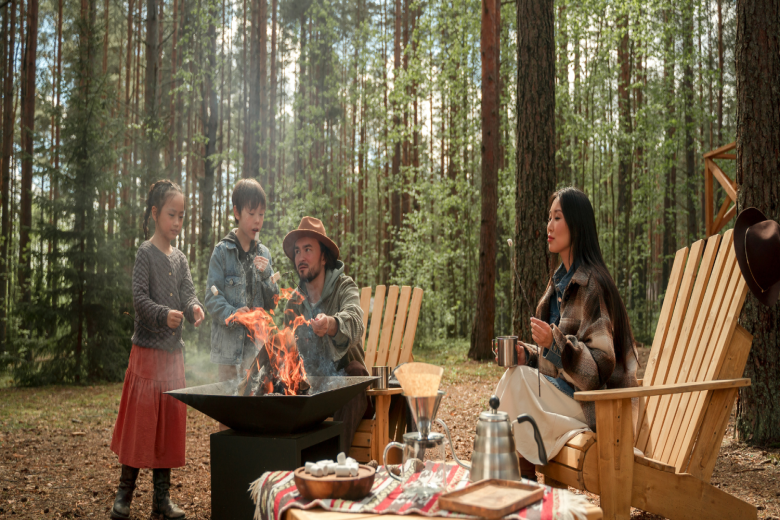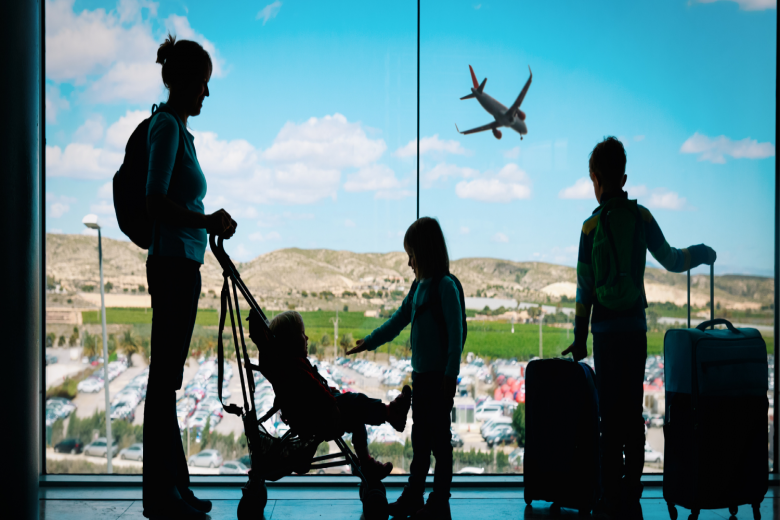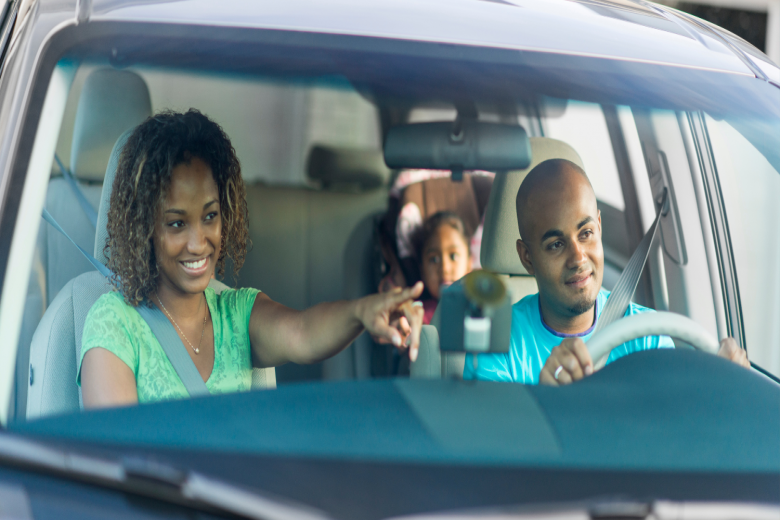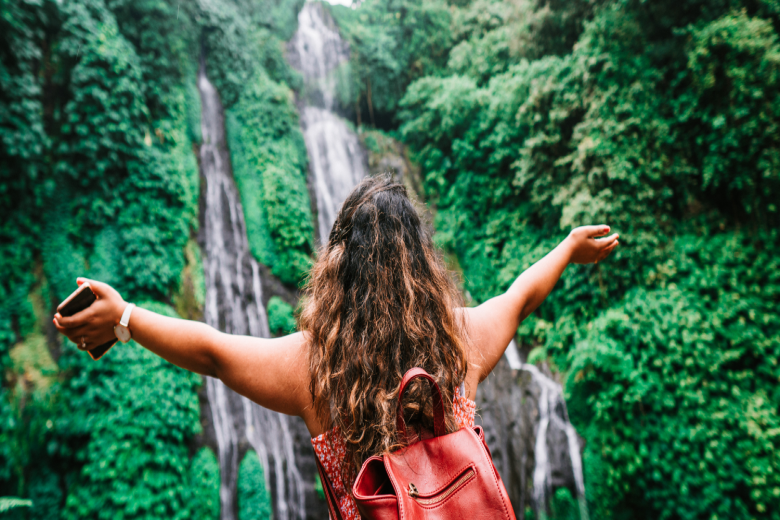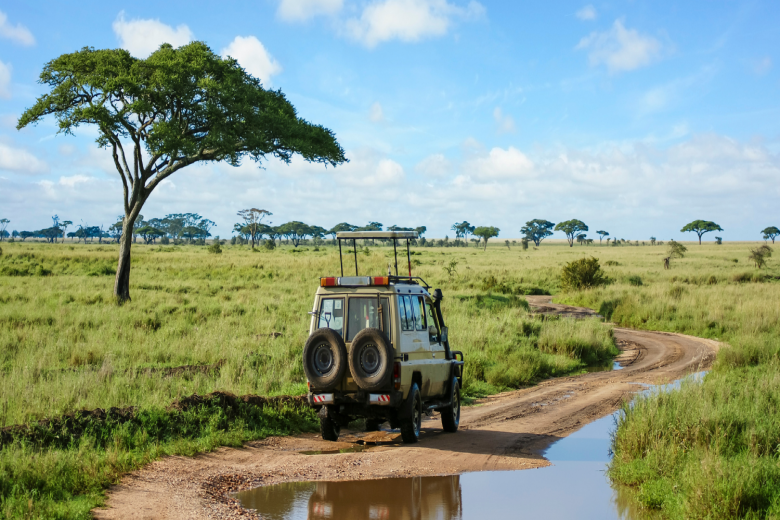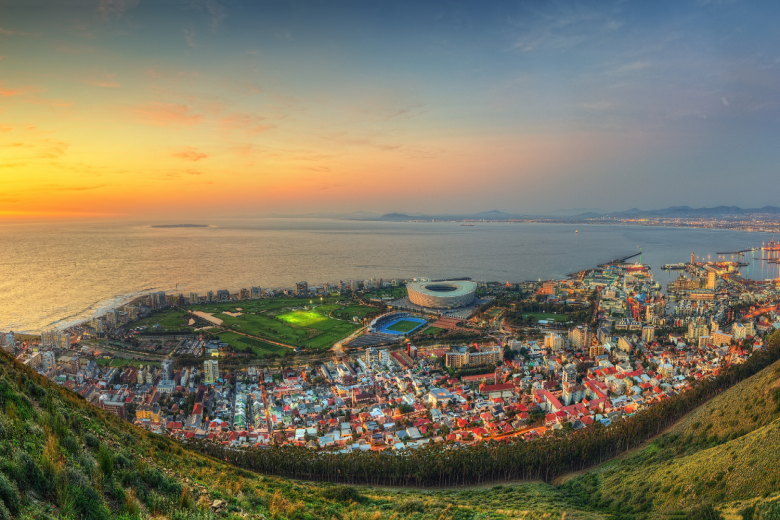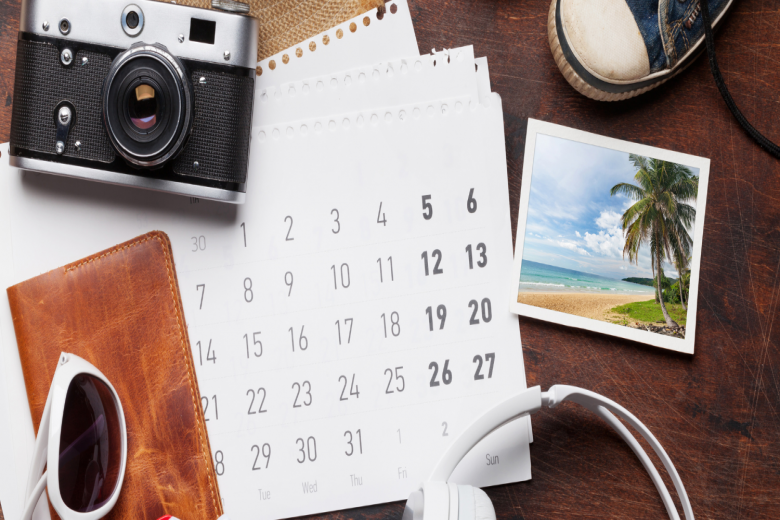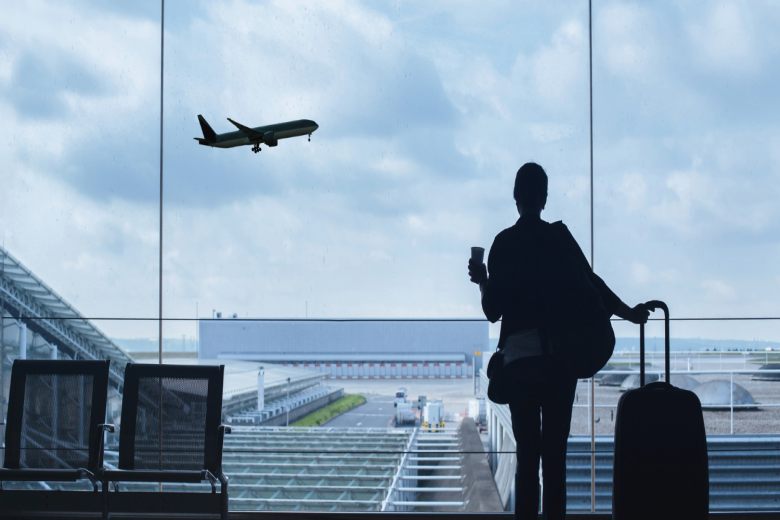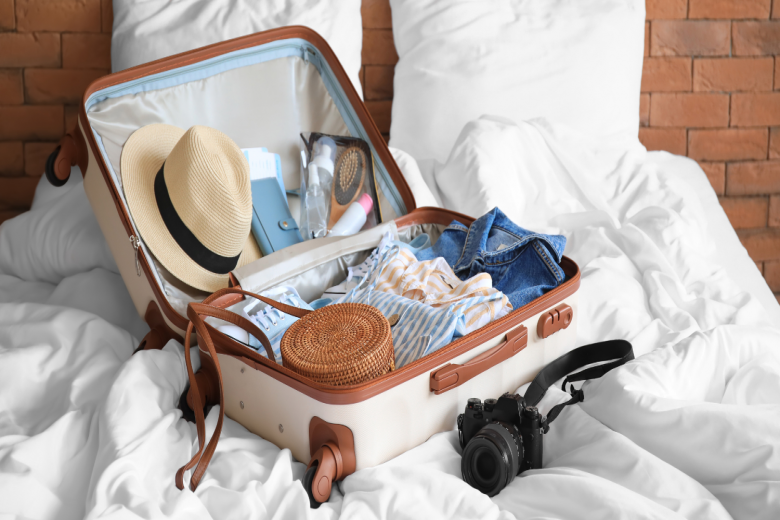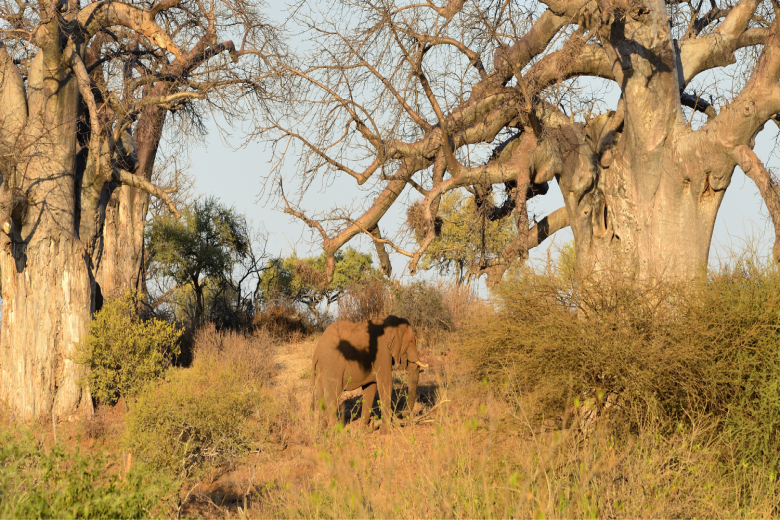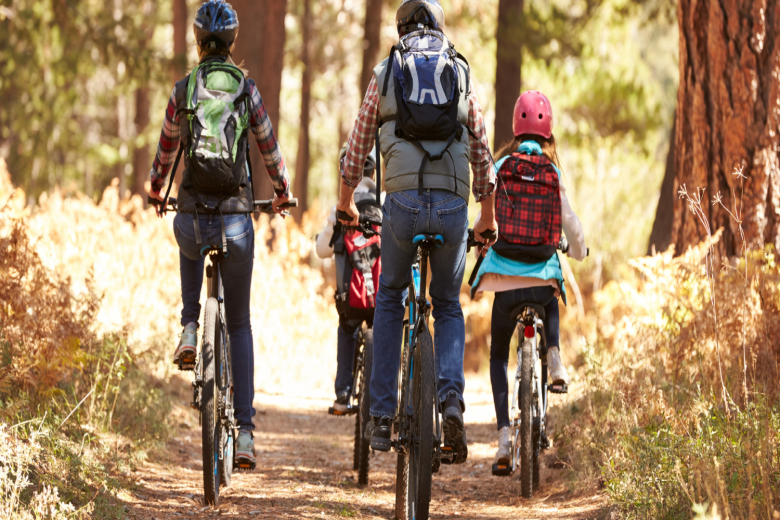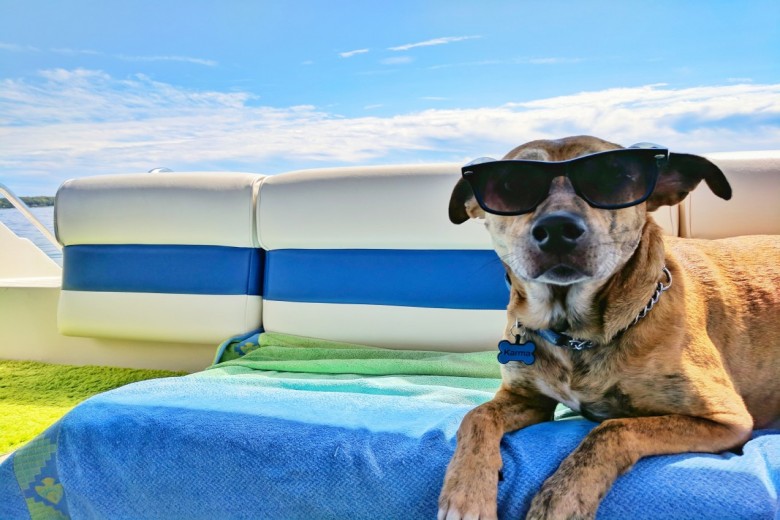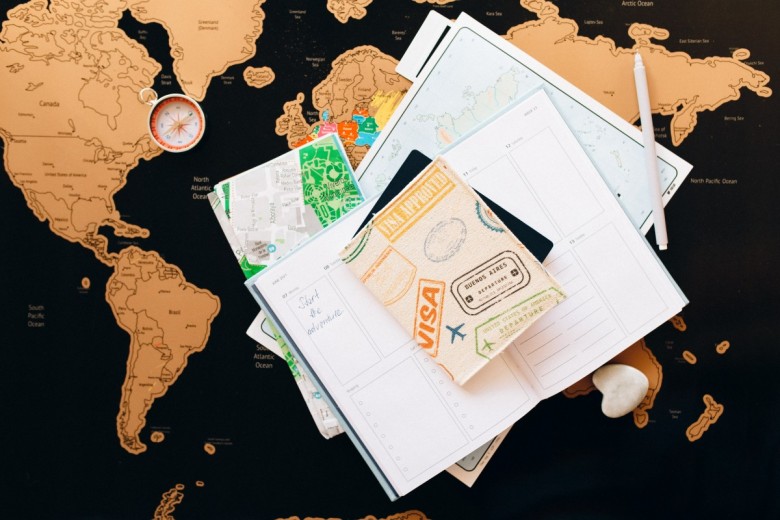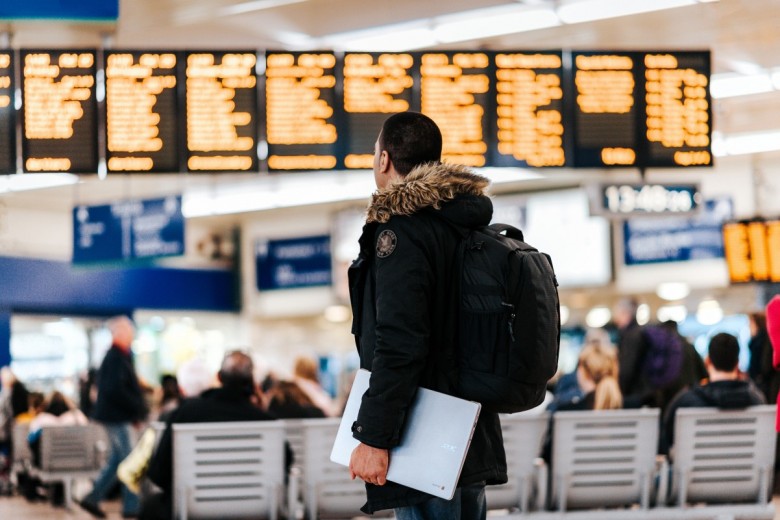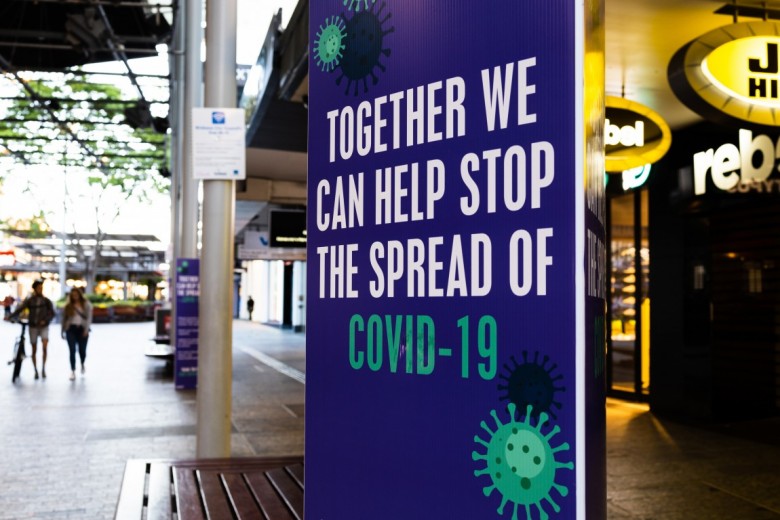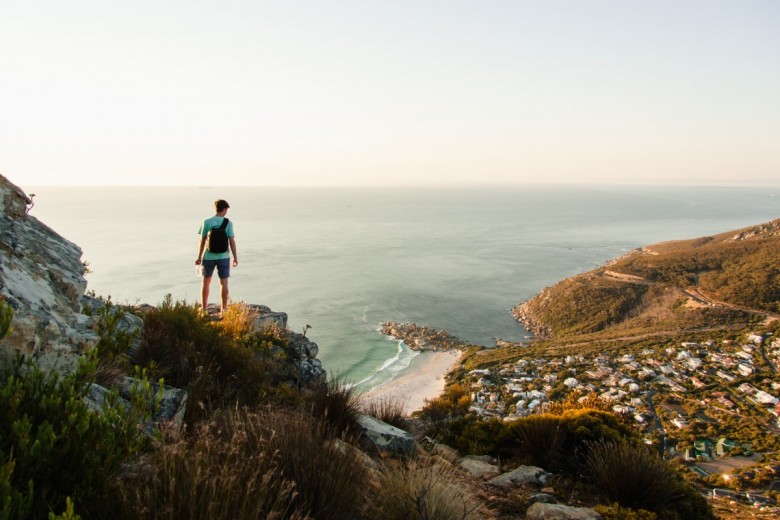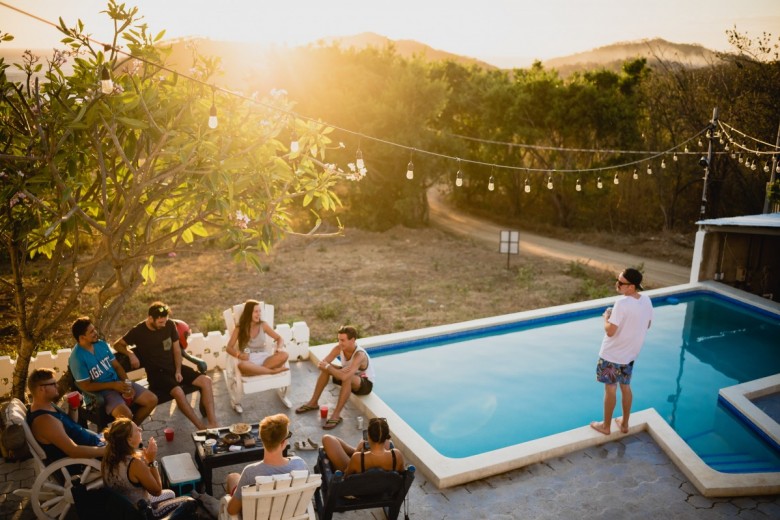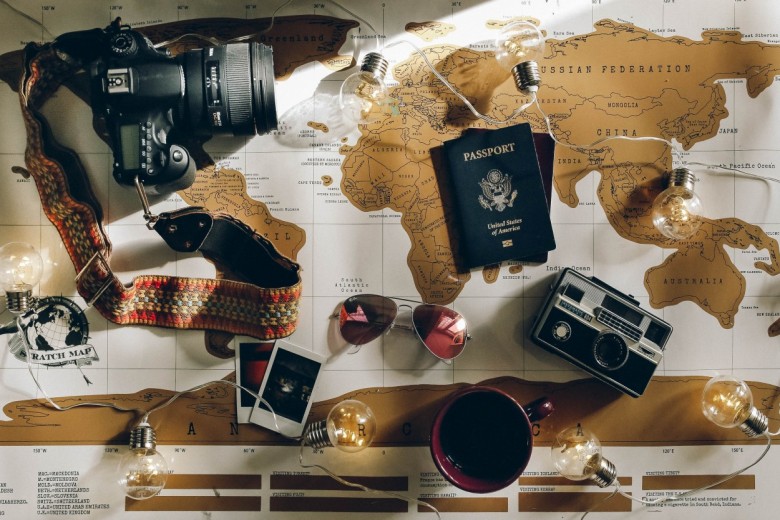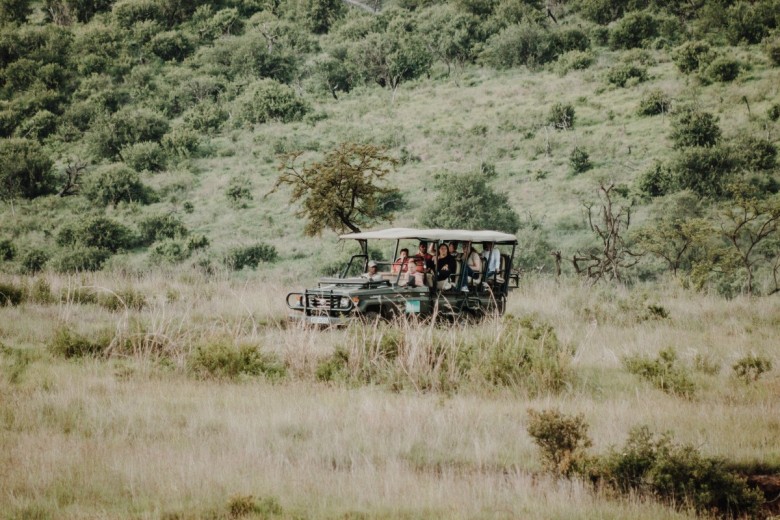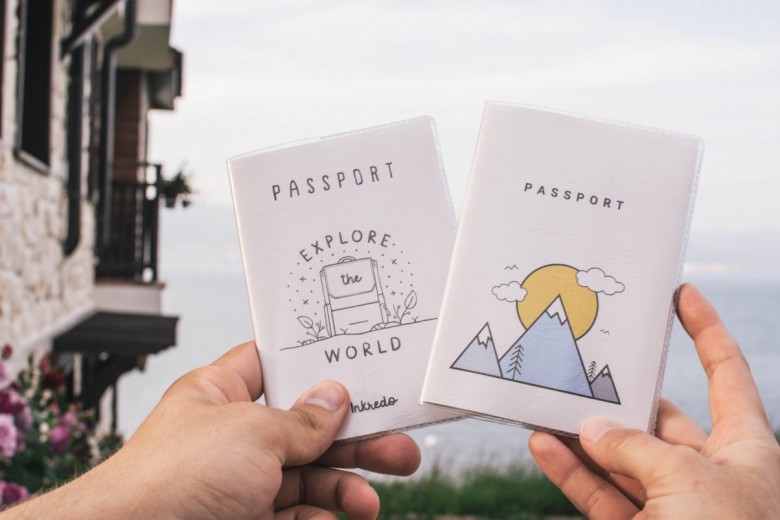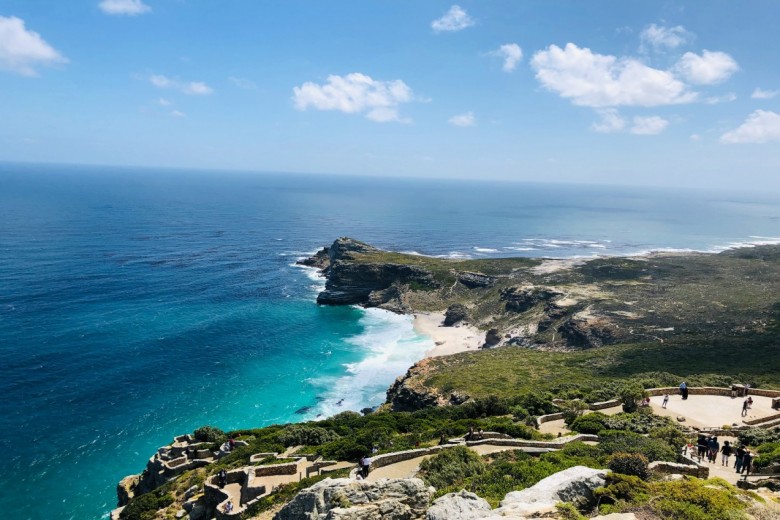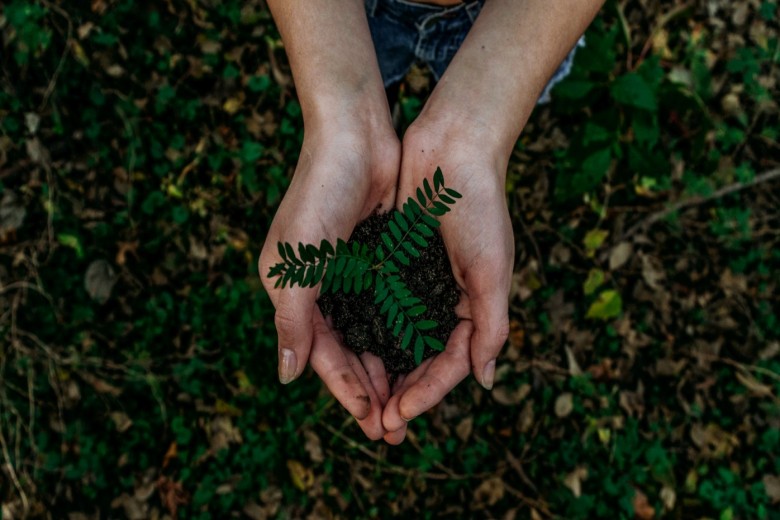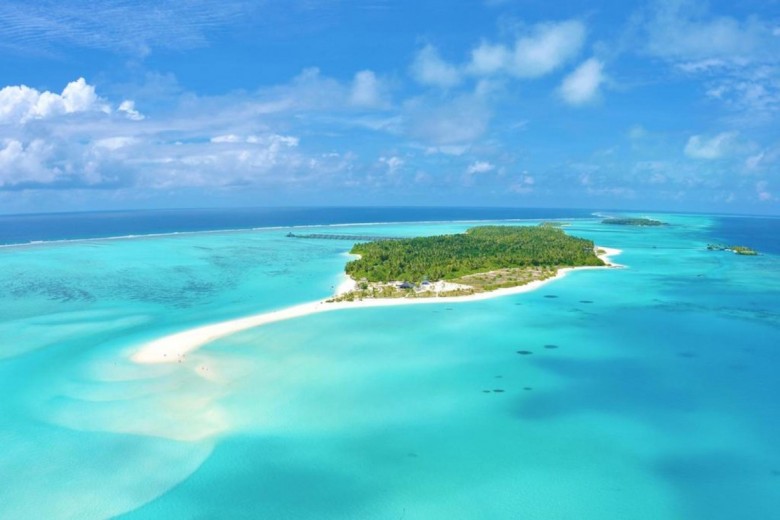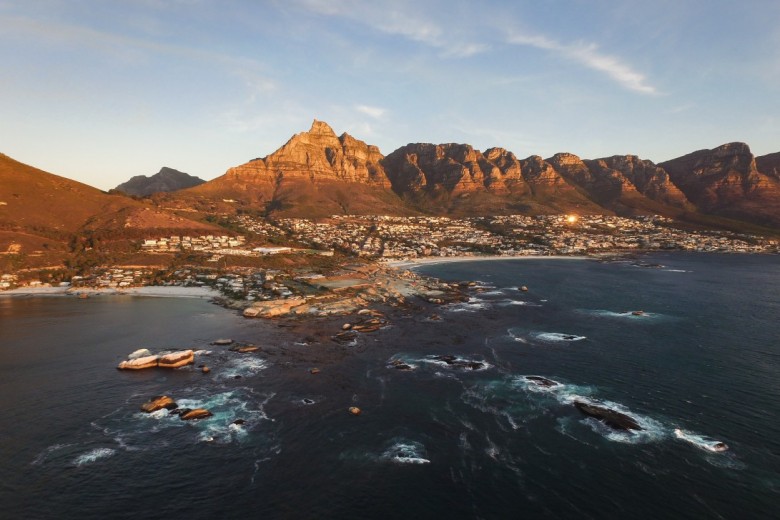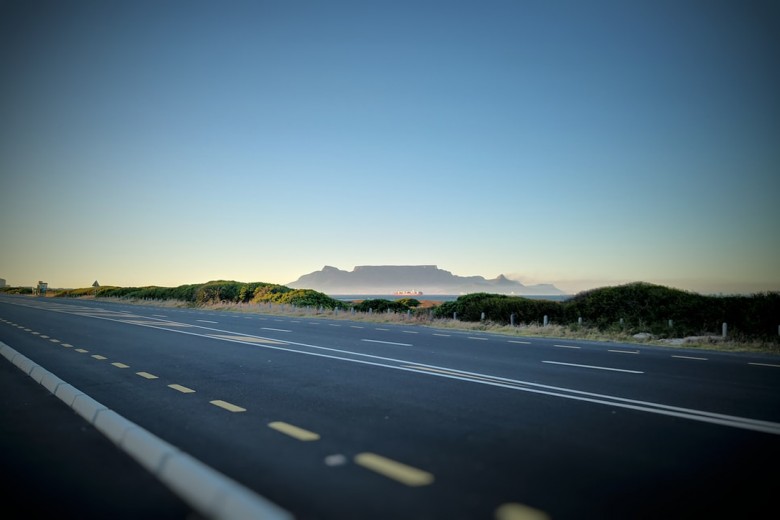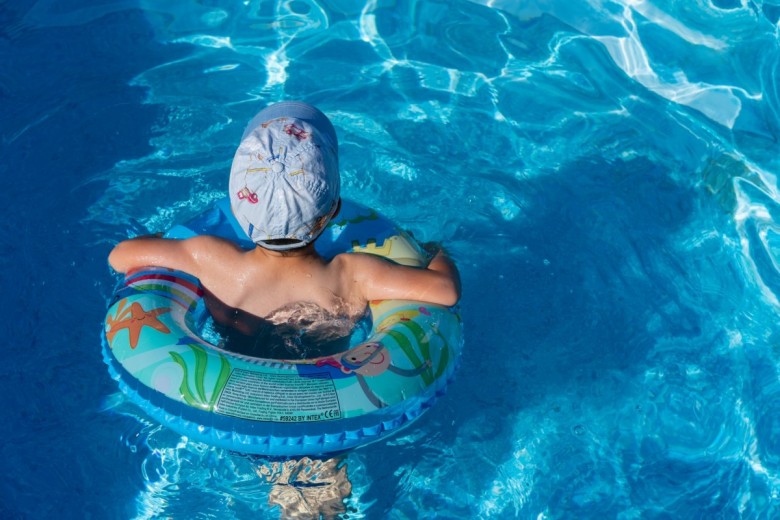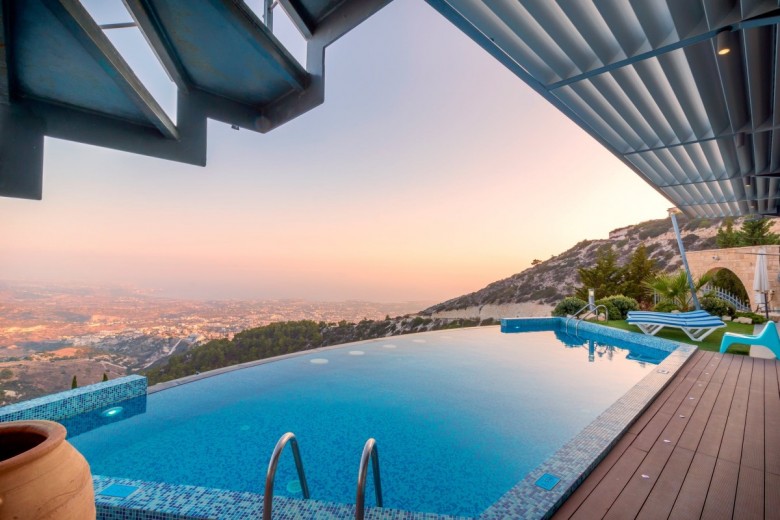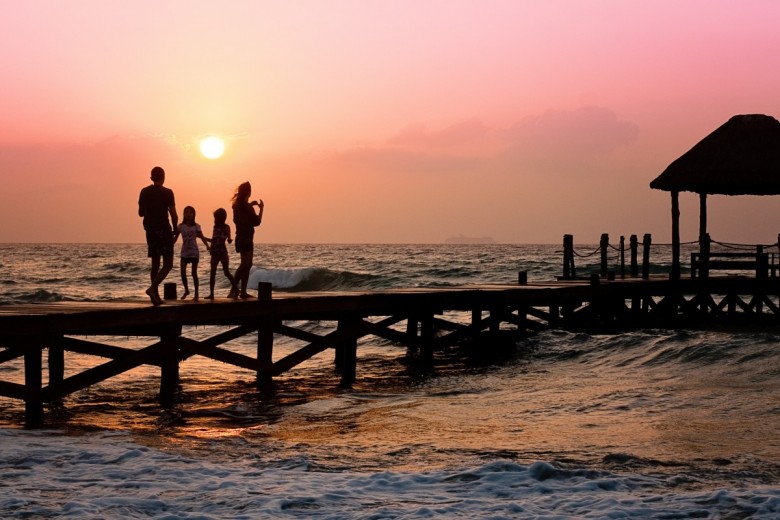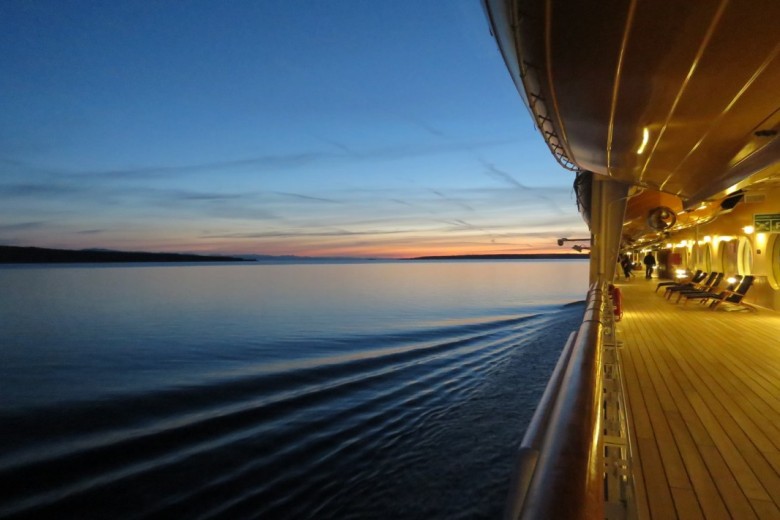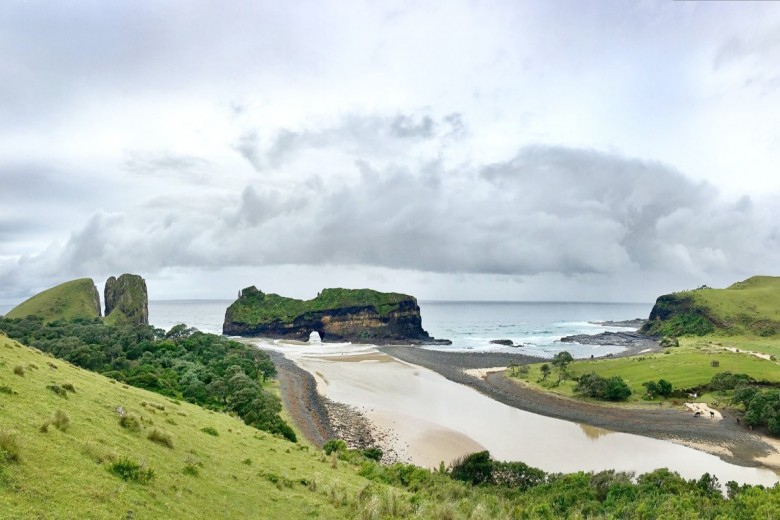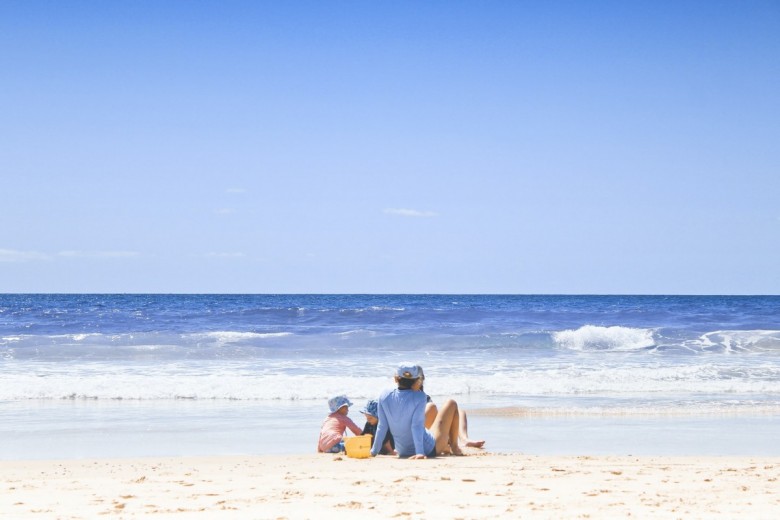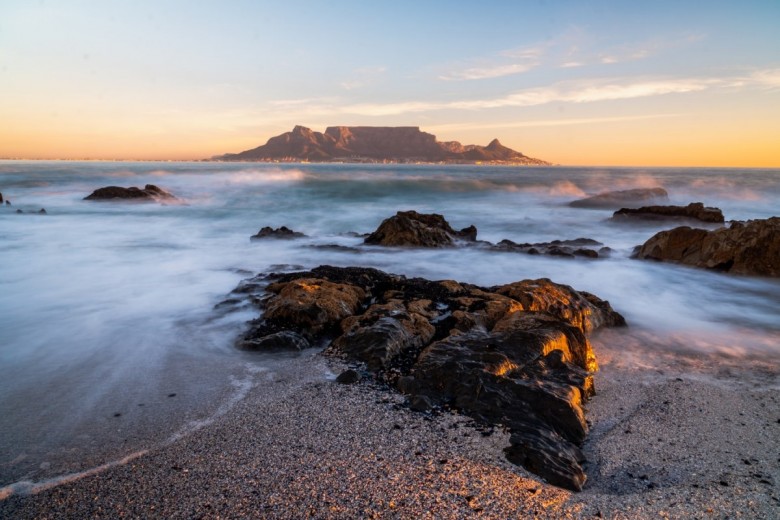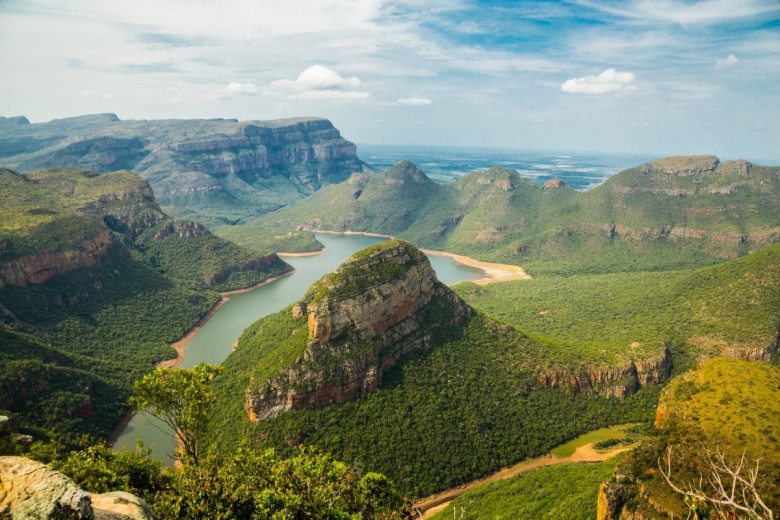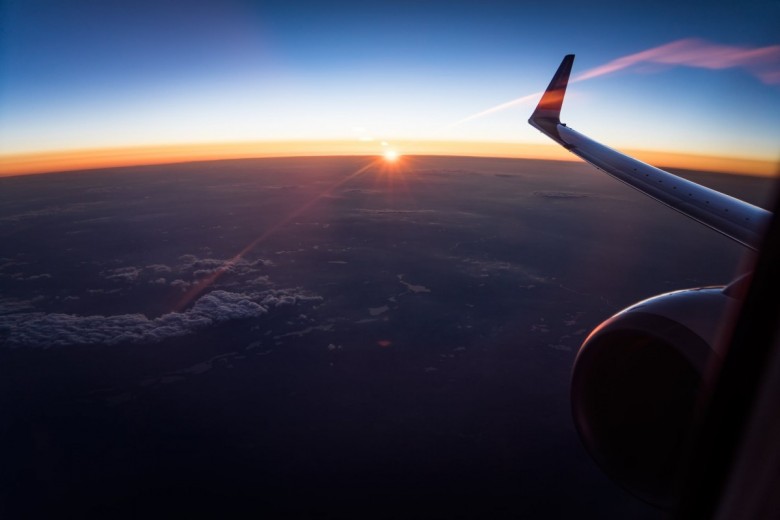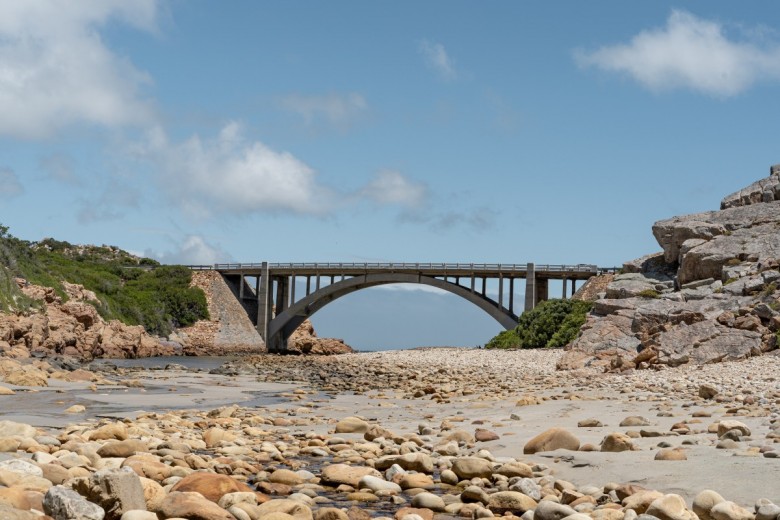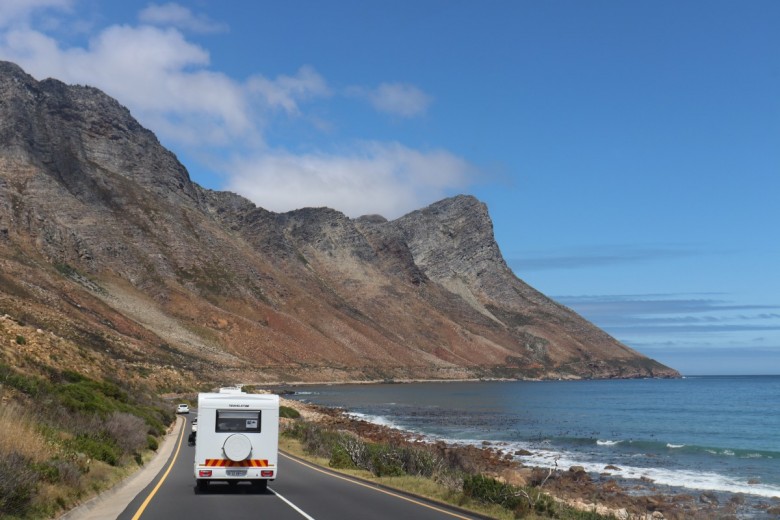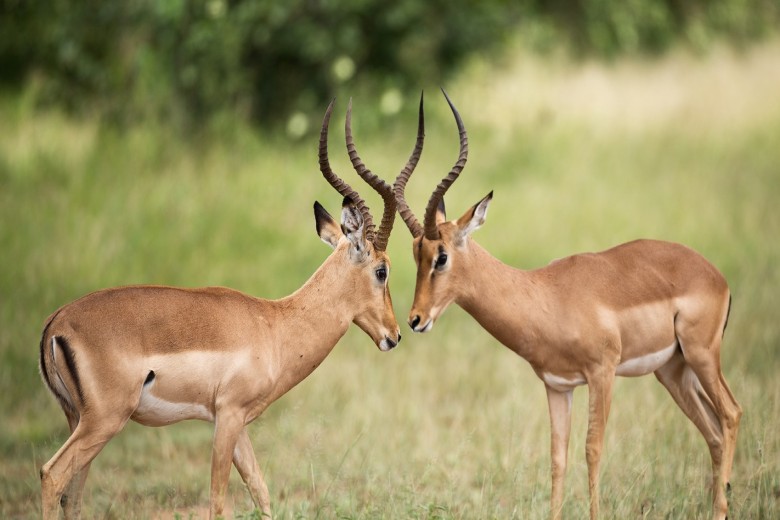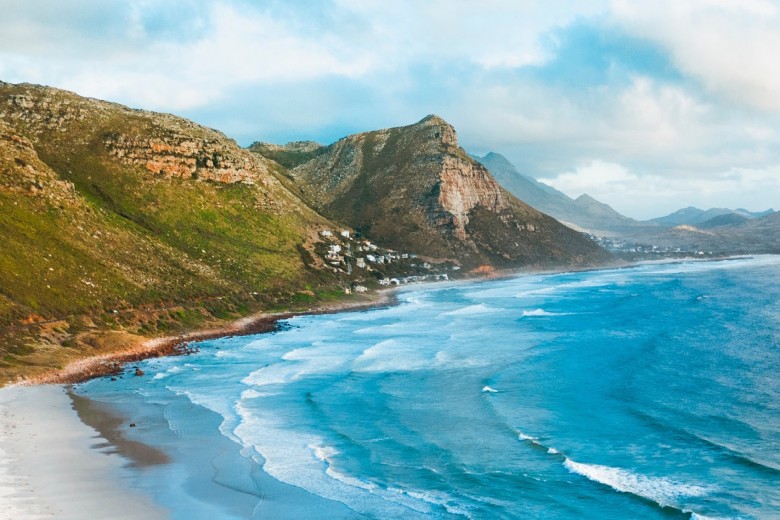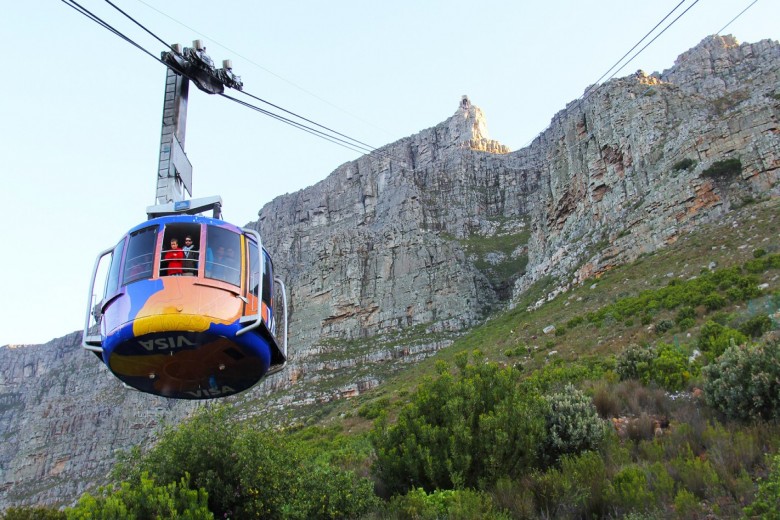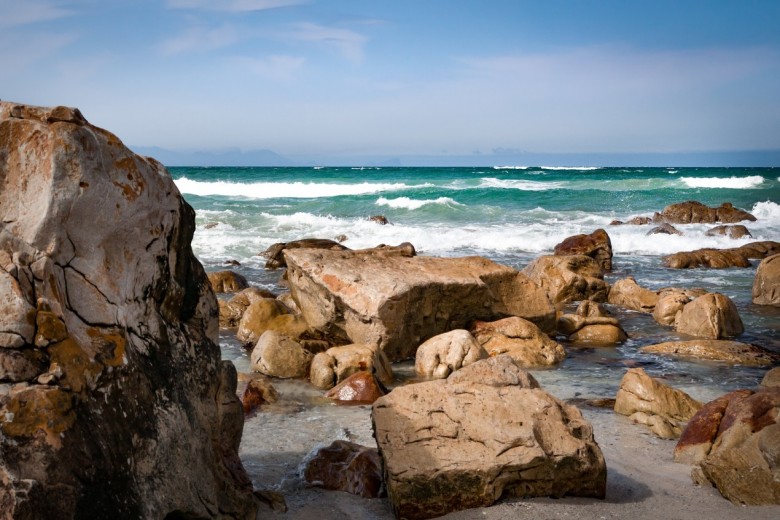9 Tips for the Perfect Self-Drive Safari & Bush Break
Here’s your self-drive safari guide, packed with expert tips to help you prep, drive smart, and make the most of your bush break.

Planning a self-drive safari in South Africa? Whether you're heading out on a legendary Kruger self-drive or exploring one of the country’s many other game reserves, a little prep goes a long way. From timing your game drives to keeping the kids entertained and staying safe in the bush, here’s how to make your self-drive holiday a success from start to finish.
4 Key Takeaways Before You Hit the Road
- Prep your route ahead of time to avoid getting lost and to target the best wildlife areas.
- Time your drives around when the animals are most active – early mornings and late afternoons.
- Keep children engaged with simple activities and wildlife spotting games.
- Always respect the park rules and remember you’re in the animals’ home, not the other way around.
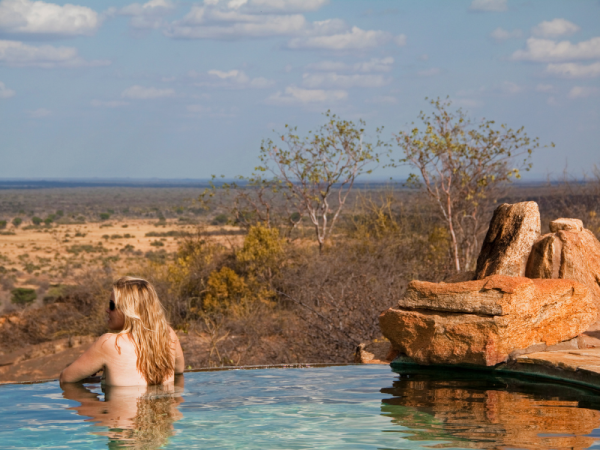
1. Plan Your Routes in Advance
It pays to map things out. Before you start your bush break, get familiar with the park’s layout, including rest camps, picnic spots, gates, and fuel stations. While spontaneity is part of the fun, knowing where you’re headed means less stress and more time focused on spotting animals.
In Kruger, for instance, the southern region (around Skukuza and Lower Sabie) offers excellent Big Five sightings, while the central area (Satara) is great for predators. The northern part of the park is less crowded and ideal for birding and elephants.
Expert Tip: Some roads are tarred, others are gravel – and during rainy season, certain gravel roads may be closed. Always check the latest updates with park officials before setting off.
2. Time Your Drives Right
Wildlife doesn’t run on your schedule, but if you know when to go looking, your chances of spotting the Big Five increase dramatically. The best times to drive are early morning and late afternoon, when the temperatures are cooler, and animals are more active.
Expert Tip: Get to the gate as soon as it opens – often around 5:30 am in summer or 6:00 am in winter. Predators like lions, leopards, and hyenas are usually still on the move after their night hunts.
Use the heat of midday to take a break at a picnic spot, relax at camp, or visit a nearby hide. Animals tend to be less active at this time, preferring to rest in the shade.
Expert Tip: Plan your afternoon drives between 3:00 pm and sunset for sightings of elephants heading to waterholes, buffalo gathering in herds, and predators gearing up for the night.
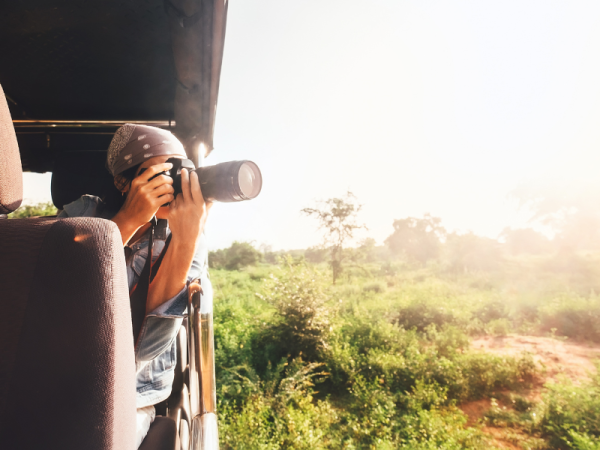
3. Keep Kids Engaged
Travelling with children? It can be a highlight of their holiday – if you’re prepared. Long stretches of quiet driving can test their patience, so build up ways to keep them involved and entertained.
Bring along wildlife bingo cards or a checklist for animals they want to spot. Give them an old pair of binoculars or a camera and let them feel like part of the team. A notebook or safari journal can also be a great outlet for drawing animals or jotting down sightings.
Expert Tip: Let kids take turns being the “spotter” for each drive. It gives them something to focus on and adds a fun element of competition.
4. Follow Park Rules
Game parks are wild spaces first and tourist attractions second. That means safety and respect should guide your every move.
Stick to speed limits – usually 40 km/h or less – and stay in your vehicle unless at a designated stop. Don’t lean out of your windows or sunroof near animals. Never feed wildlife, no matter how cute or persistent they may be.
Expert Tip: Always keep your car keys in the same spot – ideally on a lanyard around your neck. The last thing you want is to fumble for keys when an elephant approaches.
Noise also matters. Loud music or raised voices can stress animals or drive them away. Keep things quiet, calm, and observant.
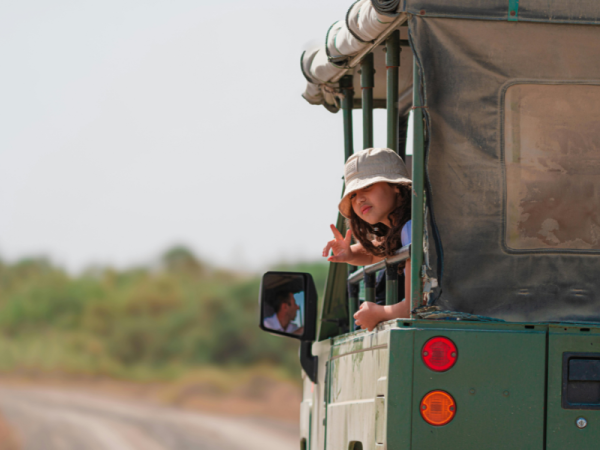
5. Be Patient and Observant
One of the greatest joys of a self-drive safari is tuning into the rhythm of the wild. Drive slowly – 25 to 30 km/h is ideal – and keep an eye out for small movements, distant shapes, or groups of cars stopped ahead.
Expert Tip: If you spot a vehicle pulled over, it’s often worth checking out. Pull up quietly and politely ask what they’re seeing – you’d be surprised how many great sightings come from friendly tip-offs.
A good pair of binoculars goes a long way too. Sometimes, the best moments come not from what’s right in front of you, but what’s moving in the trees or near a riverbank a few hundred metres away.
6. Use Technology to Your Advantage
While the idea of going off-grid is appealing, a few digital tools can enhance your experience.
Download offline maps and wildlife apps like KrugerExplorer, MammalMap, or BirdPro before entering the park. Many parks have limited or no signal, so come prepared.
Expert Tip: Bring a power bank or car charger to keep your phone, camera, and GPS going throughout the day.
Even if you're tech-savvy, don’t forget to have a printed map on hand. It’s always good to have a backup when signal fades.
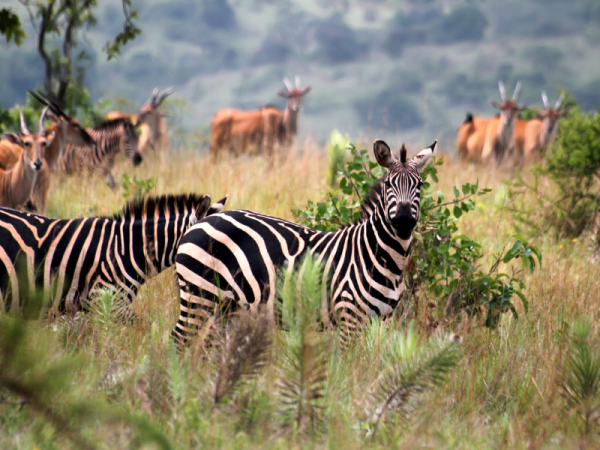
7. Plan Overnight Stays Inside the Park
Staying within the park isn’t just convenient – it’s a game-changer. You’ll have earlier access to game drives, better chances for sightings, and a deeper sense of connection to your surroundings.
Kruger, for example, offers a range of accommodation from basic campsites to comfortable family chalets. Booking a night or two in a remote camp like Tsendze or Tamboti offers a quieter, more immersive bush experience.
Expert Tip: Camps inside the park fill up quickly – especially in peak season – so book your accommodation well in advance.
8. Respect Nature
It may sound obvious, but it’s important: you're in wild territory. Animals don’t behave on cue, and they don’t owe you a perfect photo. Give them space, stay in your car, and observe without interfering.
Expert Tip: Keep a safe distance – two car lengths is a good rule of thumb. And always turn off your engine at sightings to minimise stress on the animals (and enjoy the sounds of the bush).
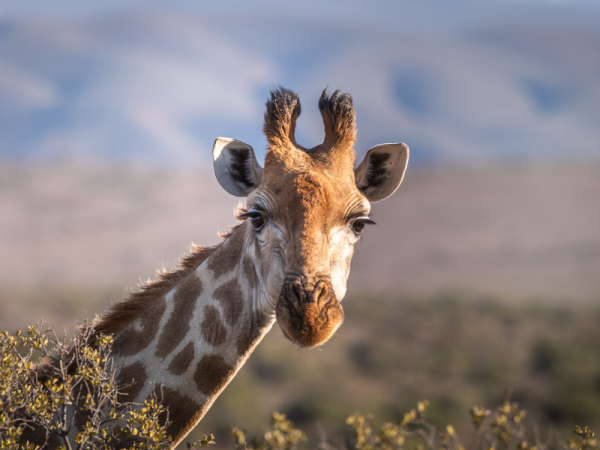
9. Stay Prepared for Emergencies
Chances are that your trip will go off without a hitch – but it’s still smart to prepare.
Pack a basic first aid kit, carry extra water, and keep your fuel tank topped up. Know where the nearest camp or gate is and have emergency numbers saved on your phone or written down in the glove box.
Expert Tip: Don’t rely on a single fuel stop – many smaller camps don’t have petrol stations. Fill up whenever you get the chance.
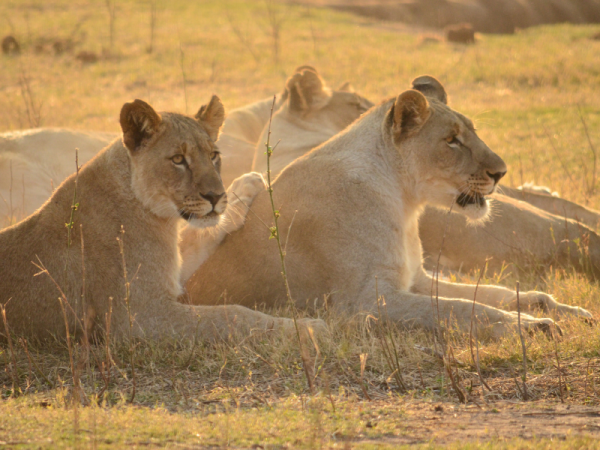
FAQs
What to pack for a South Africa safari?
Bring binoculars, a camera with extra batteries, neutral clothing, sunscreen, insect repellent, layered outfits for changing temperatures, a cooler box, snacks, and offline wildlife apps.
Is it safe to self-drive in Kruger National Park?
Yes. Kruger is one of the safest and most accessible parks for self-drivers. Just follow the rules, stay aware, and use common sense when it comes to animals and other drivers.
What not to bring on an African safari?
Leave drones at home – they’re banned in most parks. Avoid bright-coloured clothing, loud music, and strong perfumes that could attract insects or distract animals.

Ready for the Road?
A self-drive holiday in South Africa is all about freedom, adventure, and close encounters with wildlife – on your own terms. Whether you're tackling a Kruger self-drive route or discovering a hidden gem of a reserve, a little planning and the right attitude can make your bush break one for the books.
Ready to hit the road? Take a look at our curated self-drive holiday packages and our spectacular bush getaways, or contact Thompsons Holidays for expert advice and hassle-free bookings. We’ll help you plan the ultimate safari experience – routes, accommodation – and all the details in between.


